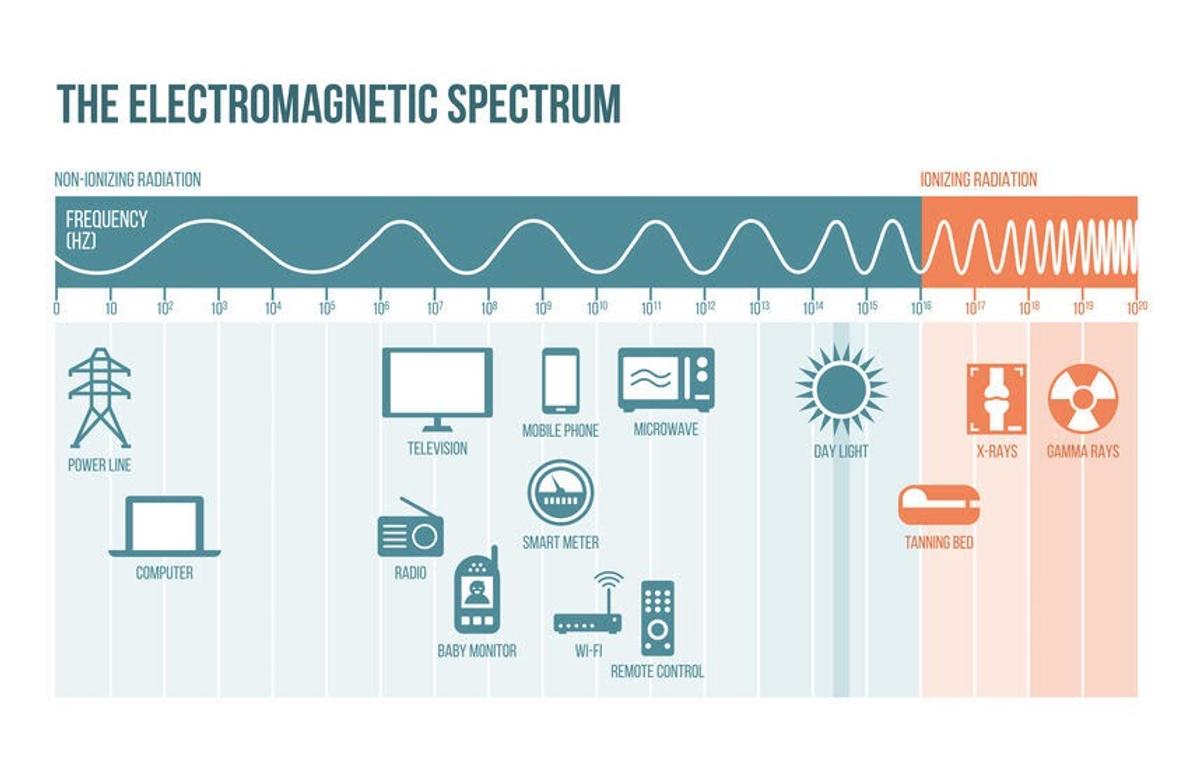The reasons might surprise you.
Dr. Andrew Huberman, a renowned neuroscientist from Stanford University, recently explained why he discontinued the use of Bluetooth headphones, citing health concerns in his Huberman Lab podcast.
Known for his expertise in brain science, Dr. Huberman’s decision brings significant attention to the potential health implications of Bluetooth technology. This prompts both the public and the scientific community to reexamine the risks associated with these everyday gadgets.
Why Huberman Stopped Using Bluetooth Headphones
Huberman has talked about the safety of using Bluetooth headphones in multiple podcasts. But, his stance can be summarized into three:
- Personal health issues
- EMFs in Bluetooth headphones
- Concerns about heat generated by Bluetooth headphones
Personal health issues

Dr. Huberman described a personal health issue that influenced his decision: recurrent lymph cysts behind his ears. He observed a correlation between the use of Bluetooth headphones and the appearance of these cysts.
The issue subsided when he stopped using the headphones, but recurred when he resumed their use. This cycle led him to conclude a potential link between the headphones and the cysts, prompting him to abandon them altogether.
EMFs in Bluetooth headphones
Huberman became more worried because of the possible risk from electromagnetic fields (EMFs) that Bluetooth devices give off. He mentioned that he was doing in-depth research on the topic for a future podcast and found some concerning insights.
This is in line with a past scientist’s appeal calling for protection from EMF exposure. The appeal mentions the potential risks of cellular stress, genetic damages, etc, as a result of using wireless devices.
Concerns about heat generated by Bluetooth headphones
Huberman also raised an often-overlooked issue: the heat generated by Bluetooth headphones.
He recalled noticing significant heat effects while using them. This led him to think that there’s a potential risk associated with heat accumulation near sensitive neural structures like the cochlea and auditory mechanisms.
Contrasting Expert Views on the Safety of Bluetooth Headphones

In one of Huberman’s podcast episodes, Dr. Matthew MacDougall, the head neurosurgeon of Neuralink, shares a different opinion about the safety of using Bluetooth headphones.
Dr. MacDougall addresses the fear of tumor-causing EMF fields, especially related to Bluetooth headphones, by highlighting the extremely low energy levels involved.
He points out that the electromagnetic fields, particularly in the Bluetooth frequency range, are far too weak to cause concern.
He also emphasized that we are constantly exposed to various electromagnetic signals, regardless of our use of Bluetooth devices. And, reassured that the human body has inherent mechanisms to handle such exposure.
These views are supported by other studies.
For example, non-ionizing radiation, which is the type of radiation that Bluetooth headphones have, is known to not have enough energy to change the charge of an atom or affect any human’s health. Instead, they are known to just pass through your body without causing any harm.

When it comes to heat, Dr. MacDougall downplays the worries about localized heating effects caused by Bluetooth headphones.
Drawing an analogy with a car’s fluid cooling system, he explains how the human body, like a car radiator, has a distributed fluid cooling system that effectively manages heat. This suggests that minor temperature variation caused by the headphones is unlikely to pose a significant problem.
Safer Audio Alternatives to Bluetooth Headphones
Although some experts he interviewed did not share Huberman’s concerns, there are some experts raising concerns about the risks of Bluetooth headphones, such as AirPods.
This ambiguity in the scientific community led Huberman to err on the side of caution.
“My feeling was, look, if there’s any concern whatsoever, why would I use them?” says Huberman.
In response, Dr. Andrew Huberman and Rick Rubin, a renowned music producer known for his work with artists like Johnny Cash, Red Hot Chili Peppers, and Adele, delved into alternative options that minimize potential health risks.

Rubin responded by highlighting his preference for a specific type of headphones.

Air tube headphones, as Rubin mentioned, are said to present a solution to reducing EMF exposure with headphone use. These headphones resemble traditional wired earbuds but feature a critical design distinction.
The sound is transmitted through traditional metal wires up to a point, where it then travels through hollow plastic tubes before reaching the ears. This design separates the electrical components from the user’s head, reducing EMF exposure.
